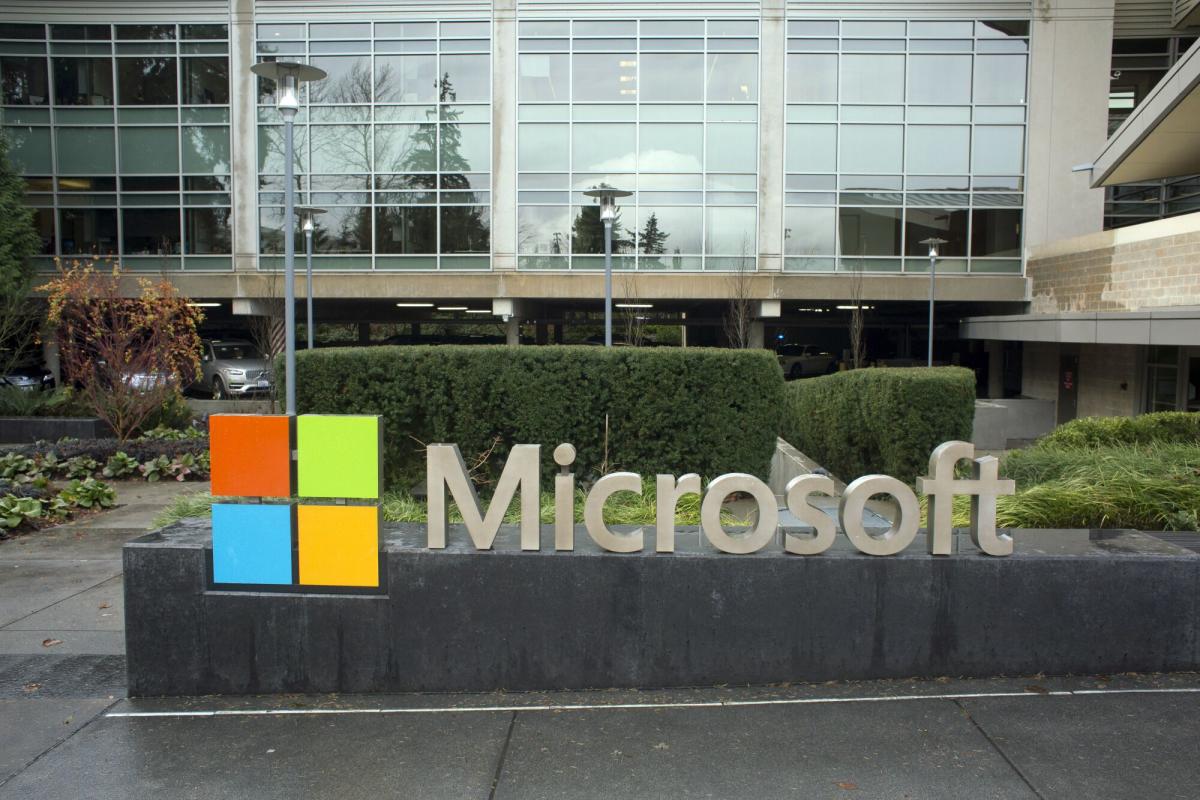Hacking Group Says It Attacked Microsoft for Sudan. Experts Say Russia’s Behind It
(Bloomberg) — A hacking group responsible for a series of outages at Microsoft Corp. earlier this month had spent the previous months attacking targets in Israel, Sweden and other nations, part of an expanding campaign that some cybersecurity researchers have tied to Russia.“Anonymous Sudan” describes itself as a hacktivist group and says it’s waging cyber strikes out of Africa on behalf of oppressed Muslims worldwide. The group claimed its June 5 distributed denial of service, or DDoS, attacks against Microsoft were retaliation for US policy regarding Sudan’s military conflict. The US is currently trying to broker a peace deal between warring factions.Some cybersecurity experts have concluded that the group actually operates from Russia and hacks for an entirely different purpose: to advance Moscow’s objectives. “Anonymous Sudan is a Russian information operation that aims to use its Islamic credentials to be an advocate for closer cooperation between Russia and the Islamic world – always claiming that Russia is the Muslims’ friend,” said Mattias Wåhlén, a threat intelligence expert with Stockholm-based Truesec. “This makes them a useful proxy.”
Most Read from Bloomberg
Wåhlén led Truesec’s investigation of Anonymous Sudan and the firm’s February report identifying the group as a front for Russia, an assessment that was corroborated by other security experts who studied the group and its activities. In its few short months in existence, Anonymous Sudan has repeatedly used cyberattacks as a bludgeon to drive home a singular narrative: that the West is hostile to Islam, while Moscow is a friend to the Muslim world, he said.
A representative for Anonymous Sudan denied to Bloomberg News that the group was acting on Russia’s behalf but said their interests were aligned. Anonymous Sudan goes after “everything that is hostile to Islam and all countries that are hostile to Islam are hostile to Russia,” the representative wrote, as part of an online conversation.Last weekend, as an extraordinary mutiny in Russia by the mercenary leader of the Wagner Group challenged Russian President Vladimir Putin, Anonymous Sudan took to Telegram in…


